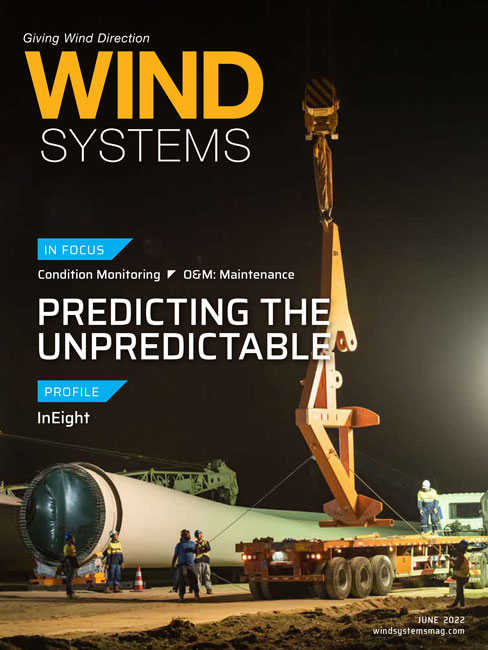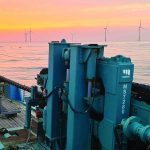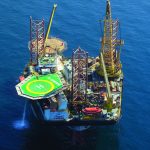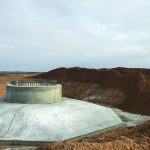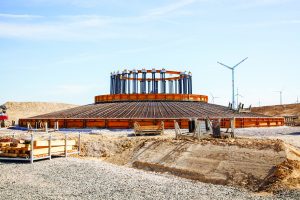Of all the components in a utility-scale wind or solar project, the Main Step-Up Transformer is probably the most important. The good health of this asset is of the utmost importance as it transfers the power from the field of harvest to the grid.
In the present supply climate, failure of the transformer spells doom for the revenue stream even if, for only one month, a large site loses more than $6 million.
Of all the things that can potentially go wrong with a large power transformer, the electrical bushings account for the largest risk exposure. This means that it is a good idea to place an on-line monitor system to keep watch over the performance of the bushings — both the high side and low side.
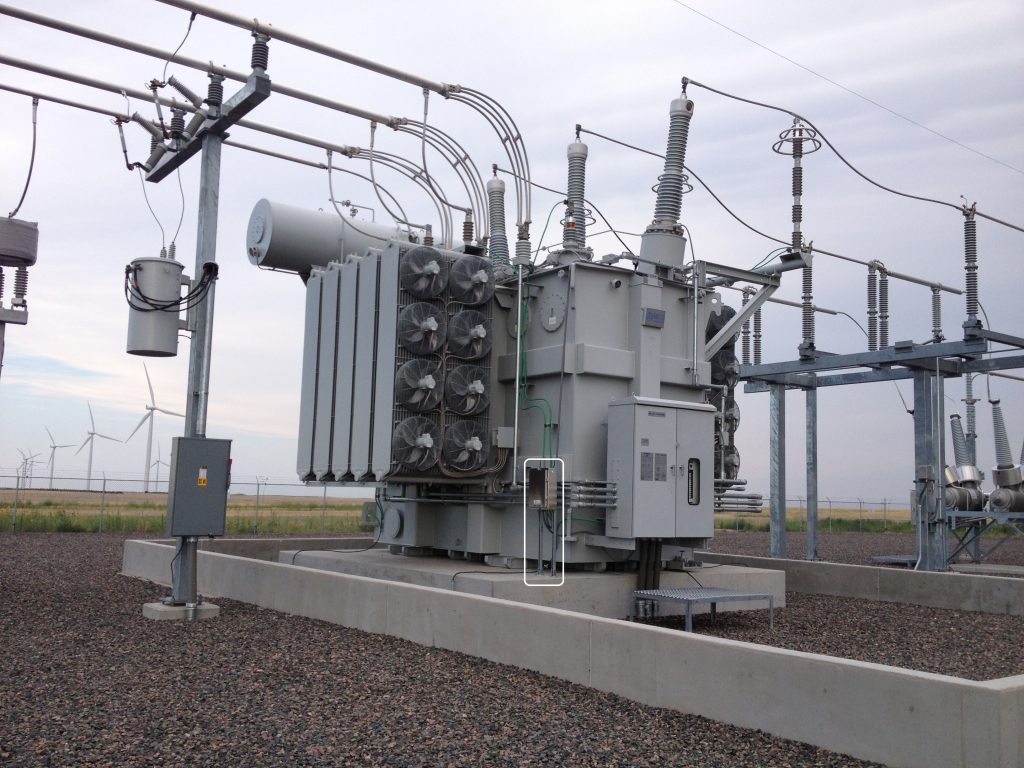
DGA Monitoring Systems
Beyond the bushings, internal problems with windings, internal connections, core grounding, and other things can also introduce problems that will deteriorate the transformer. These incipient conditions will provide clues in the form of flammable gases formed inside the transformer. The various hydrocarbon gases (caused essentially by “cracking” of the oil) and hydrogen will be produced in amounts that can be measured by condition monitors called dissolved gas analysis, or DGA, monitoring systems.
By applying bushing monitoring along with an online DGA system, the renewables operator is well protected against most transformer problems that can fester and eventually cause a catastrophic failure. The operator will be able to know, well in advance, that a transformer is in trouble and needs maintenance attention.
The addition of on-line monitoring for bushings and dissolved gases in the insulating oil should be part of every repowering project, especially if the original transformer will continue in service.
A bushing monitor will include a sensor that replaces the C1 test tap grounding cover. Each sensor maintains the ground but also provides very accurate measurement of the small AC leakage current and its phase angle.
For most main step-up applications, both the high-side and low-side bushings are monitored for a total of six sensors. Installing the sensors requires a brief transformer outage of four hours to install the conduit runs, the sensors, and marshal the cables into the monitor control box. The system is then configured and started when the transformer is re-energized.
From the signals the sensors provide, the power factor, capacitance, and other attributes are calculated. The various resultants are then cross-compared with test methods applied. The most recent off-line power factor test results for each bushing can be used as a starting value. If these are not available, the system will take the first measurements and use them as starting points.
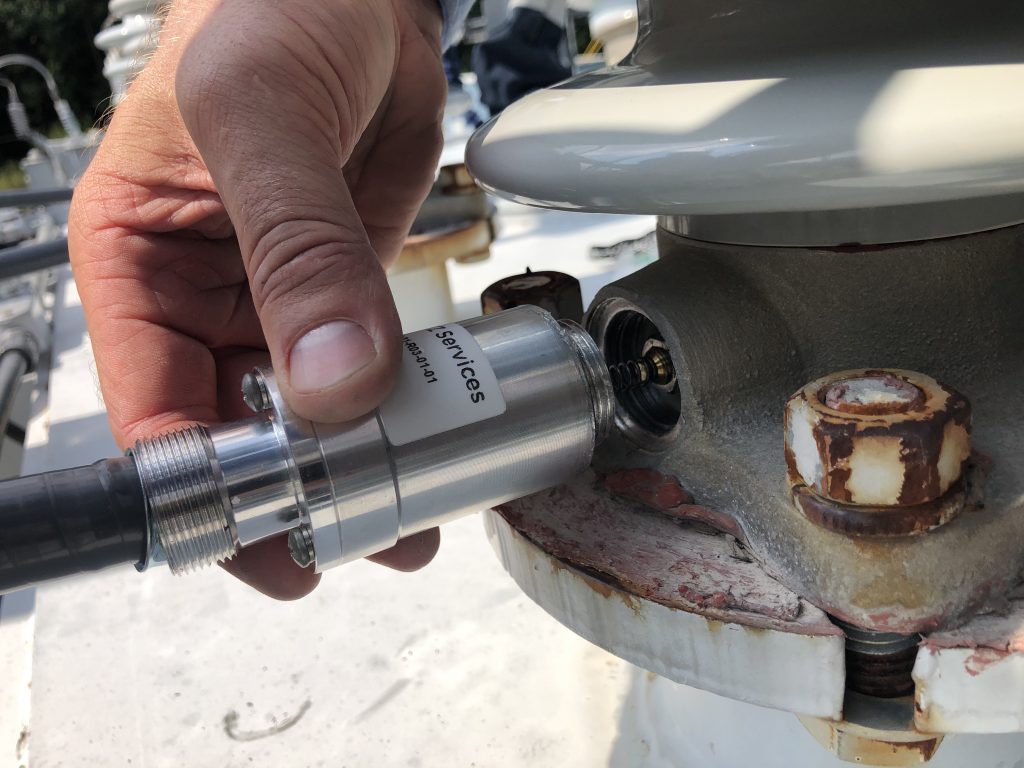
Eye on Safety
From the safety perspective, the bushing sensor must limit the voltage-potential output to a safe level in case of contact with personnel from accidental damage of the cabling. This limiting circuitry must be within the bushing sensor, built with the finest electronic parts, and be twice-redundant.
From the overall reliability perspective, all unnecessary removeable electrical connectors must be deleted. The bushing sensor cable must be continuous from the sensor internal circuitry all the way to the shorting switches in the monitor cabinet.
The installation of the sensors to the bushings will need to be done by experienced field personnel. Extreme care must be exercised when working with older bushings so as not to cause any damage to them and to ensure a perfect weather-tight seal is attained for each sensor. Turnkey installation by trained and experienced factory field engineers is the best way to ensure long-term reliability with all the other requirements being met.
The health information can be transmitted to stakeholders by usual protocols and also inspected for “drill-down” analysis using included software. Deluxe systems can also include partial discharge analysis of the bushings and internal transformer parts using PRPD techniques.
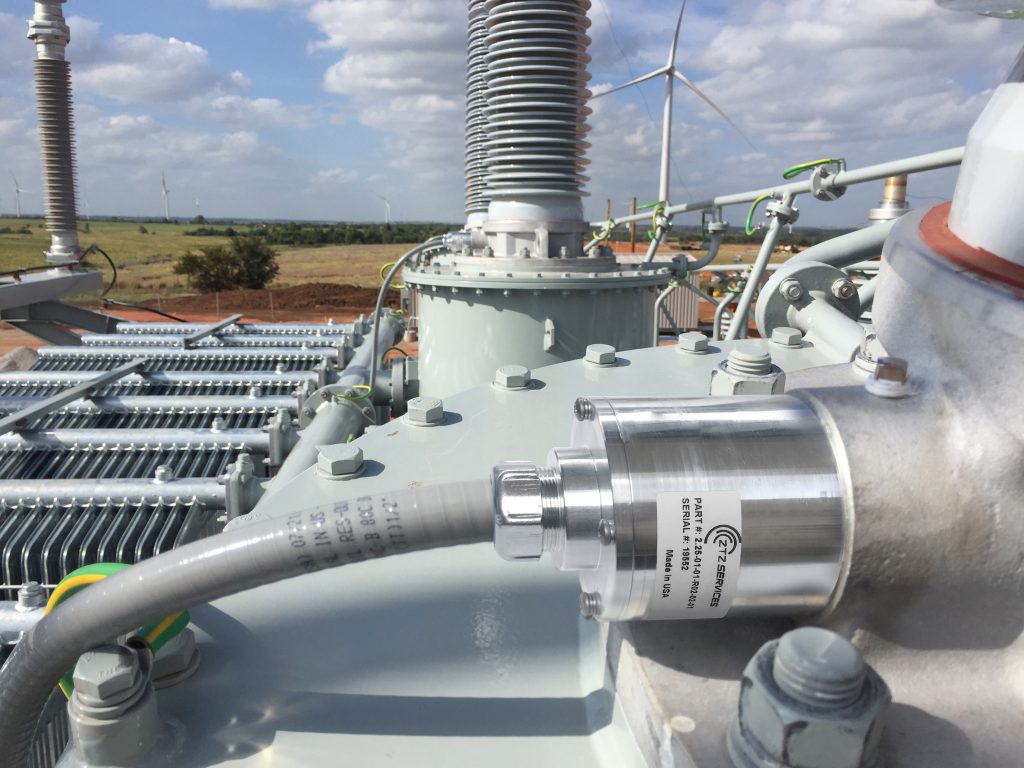
Transformers used for solar sites between the inverters and the utility transmission line see rough service. Daily full-on, full-off along with the effects of transients and harmonics is not normal substation transformer duty. Since the power factor of a bushing is affected by heat, the daily cycle shows in the power-factor plot. A monitor recently logged this data at a large solar facility in California. It clearly shows the effect of temperature as a saw-tooth pattern but also that two of three bushings on the low side are developing internal problems, causing the overall power factor to trend higher, X3 rising to alarm level with X1 not far behind.
The addition of an on-line DGA system adds to an operator’s situational awareness for these critical assets.
As a retrofit device, the DGA is simply mounted directly onto the drain valve. DGA systems are available from “early warning,” which look for hydrogen, moisture, and a composite value of hydrocarbons, to a full-range of 10 distinct dissolved gases, which give very precise and repeatable results.
DGA Installation
Online DGA systems are available from a few reputable vendors, but the best ones do not require any consumable gases for operation — helium for instance. These maintenance items are expensive and should be avoided.
Ease-of-installation means it can be installed with the transformer in-service. There should also be a provision for easy access to draw a manual oil sample if desired. Other important attributes include test repeatability, warranty, and support.
A 10-year warranty is available on some systems and should be included. A service proven life in excess of 15 years is also a desireable feature. The online DGA should have the necessary analysis features built-in, such as Duval Triangle and Roger’s ratio test methods and hot-spot calculated temperature that takes load into consideration. It also should be capable of network connection by cellular modem.
A failed bushing is a “bad day” for any utility. The debris can certainly damage other nearby components such as adjacent bushing sheds, surge arrestors, and flying porcelain can ruin nearby solar panels. Of course, a sudden failure is also a risk to personnel. A transformer fire gives bad public relations and environmental cleanup. The preservation of the transformer is the hard benefit, and there are many soft benefits. A proactive approach to condition monitoring is favored by insurance companies covering the assets. Online condition monitoring of the main step-up transformer should be a strong consideration for any repowering project, especially when the existing transformer is being kept and is 10 years old or older.
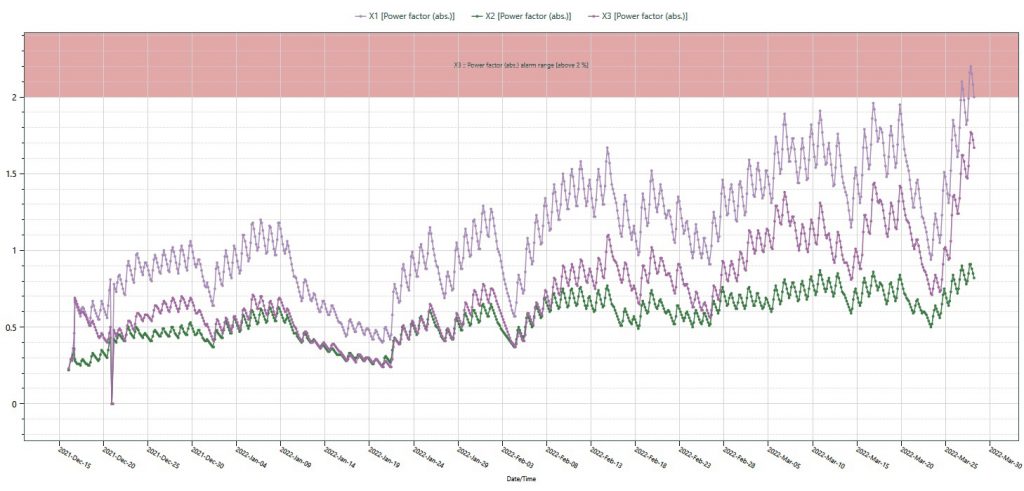
Taking Advantage of Experience
Transformer condition monitoring has come a long way, and most of the heavy lifting for trials, beta tests, and proving was done by the investor-owned utilities during the past 40 years. The renewables sector can now enjoy the fruits of this past and should embrace the systems as a way to maximize up-time and preserve the precious step-up transformer.
Even the best transformer condition monitor is helpless to make decisions related to taking the transformer out of service. If alarms are asserted, then the stakeholders must heed them.
At a power plant in Eastern Europe, bushing monitoring was added to the high-side bushings of a 17-year-old 270 MVA GSU in December of 2015. The data shows power factor of H2 peaking at 1.5 percent in May 2016, when it was advised that the transformer be taken immediately out of service for testing.
Because an outage was planned within five weeks, the owner decided to wait until then. Two days before the outage, the bushing exploded. The final C1 measurement of H2 was 114 percent and 8 percent power factor. In the last moment before failure, the big increase of C1 can be observed, caused by a break of insulation layers between metal foils in the bushing condenser core.
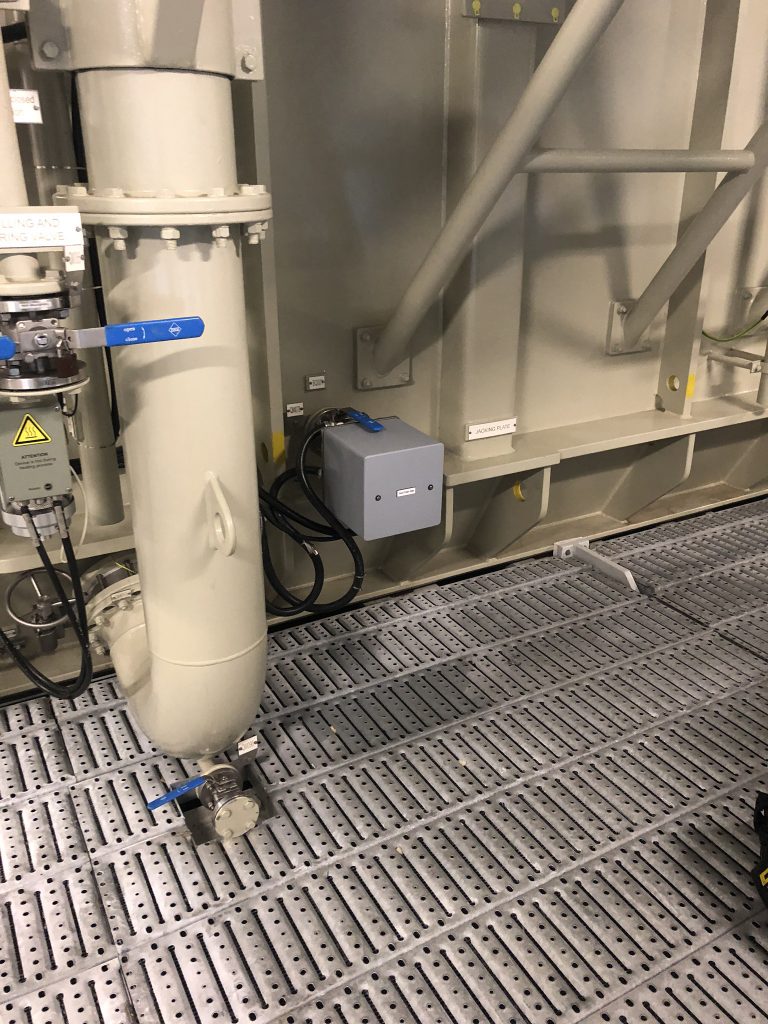
The failure was recorded by a surveillance camera. It can be seen here: tinyurl.com/bushing-failure
A monitoring system giving asset condition guidance with very high confidence is something that is continually improved over decades in thousands of field installations. Sensors and other hardware are required to be made with high precision and material quality with no system calibration requirement for the life of the system. Of course, most commercial monitoring systems can be made to work well at the time of commissioning, but only the highly developed system, well installed, will last for decades.
















